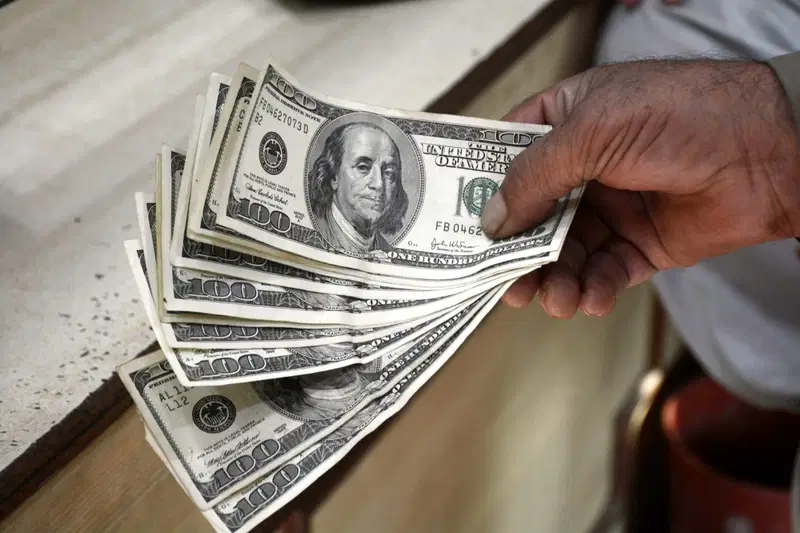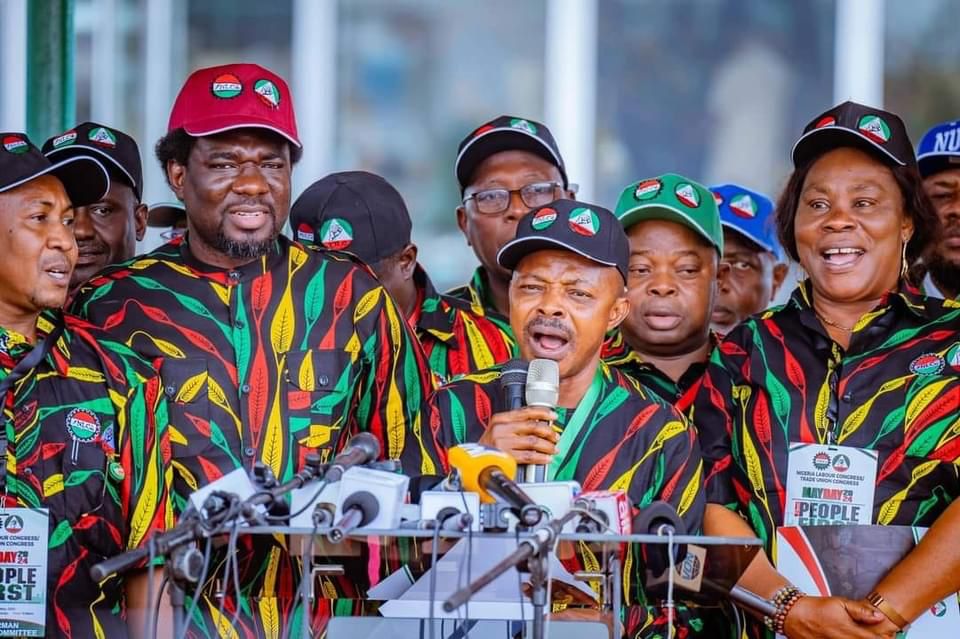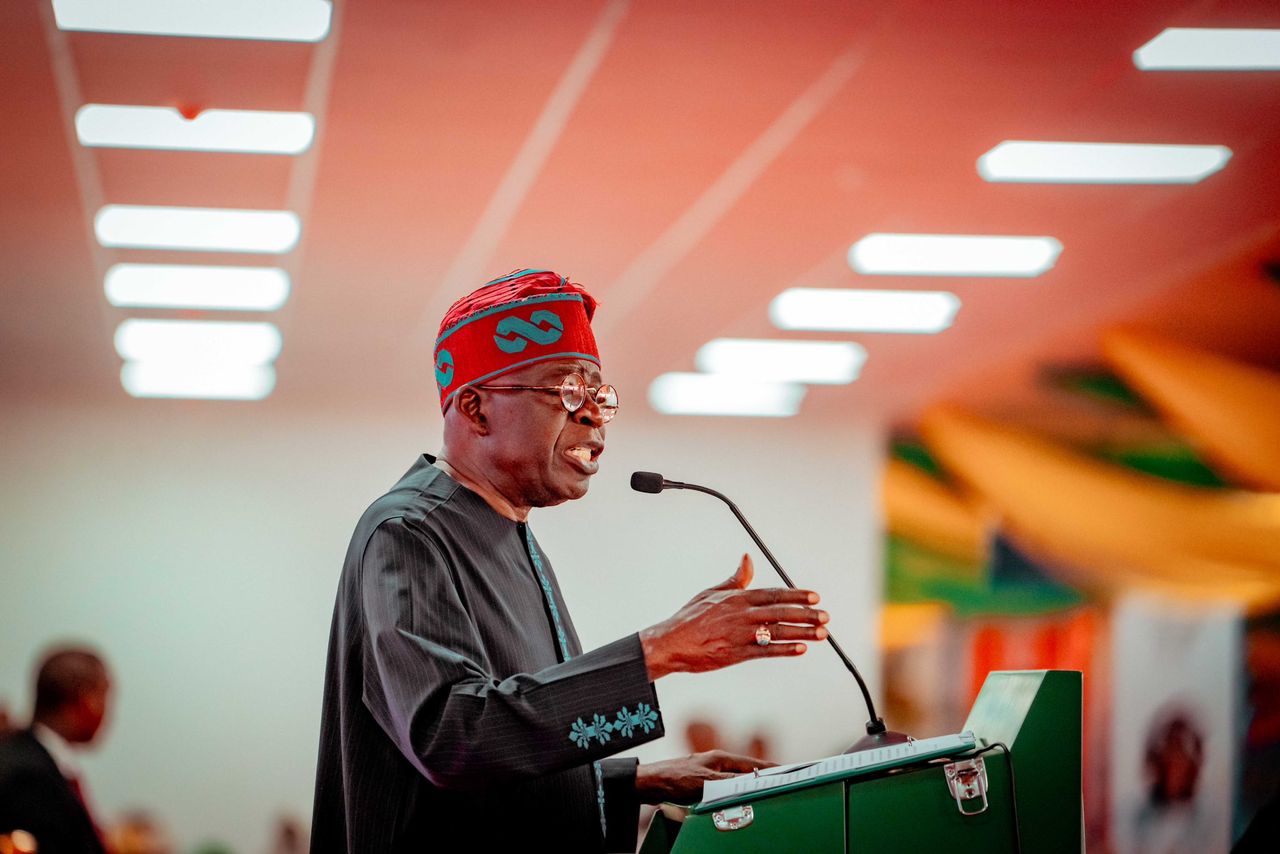The naira showed a mixed performance on Monday, with the official exchange rate holding steady while the parallel market continued to weaken. The gap between both markets highlights the ongoing scarcity of dollars and strong demand from importers and individual buyers.
Key Rates (October 20, 2025)
Official CBN/NFEM (daily average): ₦1,467.43 per US$1
Interbank/spot market: ₦1,468 – ₦1,475 per US$1
Parallel market: Buy at ₦1,480 — Sell at ₦1,500 per US$1
Market Overview
According to the Central Bank’s Nigerian Foreign Exchange Market (NFEM) data, the official exchange rate remained around ₦1,467 to ₦1,475 per dollar. However, in the parallel market — often used by importers and small traders — rates were notably higher, with dealers selling the dollar for as much as ₦1,500.
Why the Gap Remains
Experts say the persistent gap between the official and black-market rates is largely due to limited dollar supply. Demand remains high from businesses that need foreign currency for imports, as well as from individuals seeking dollars for travel or savings.
Although recent CBN policies, including a rate cut in September and measures to stabilize the forex market, have reduced volatility, the shortage of dollars continues to drive up prices in the street market.
Read Also;
Dollar to Naira exchange rate today, October 17, 2025
What This Means for Nigerians
For consumers: Prices of imported goods and foreign services may keep rising as long as the parallel market premium remains wide.
For businesses: Companies that rely on importing raw materials or equipment may face higher costs if they resort to buying dollars outside the official market.
For remittances: Nigerians receiving money from abroad could get more naira by exchanging through the parallel market, though official channels remain safer and more traceable.
Would you like me to make it sound more like a newspaper report (e.g., for publication) or more like an online blog post (a bit more casual and conversational)?




